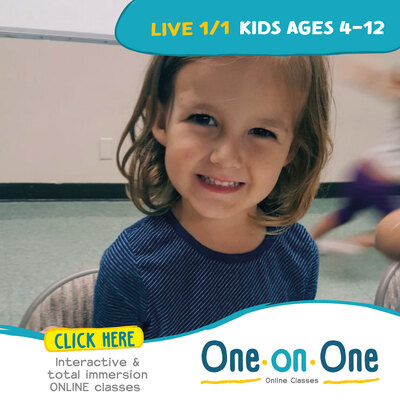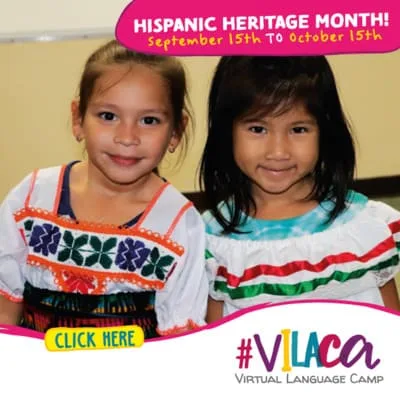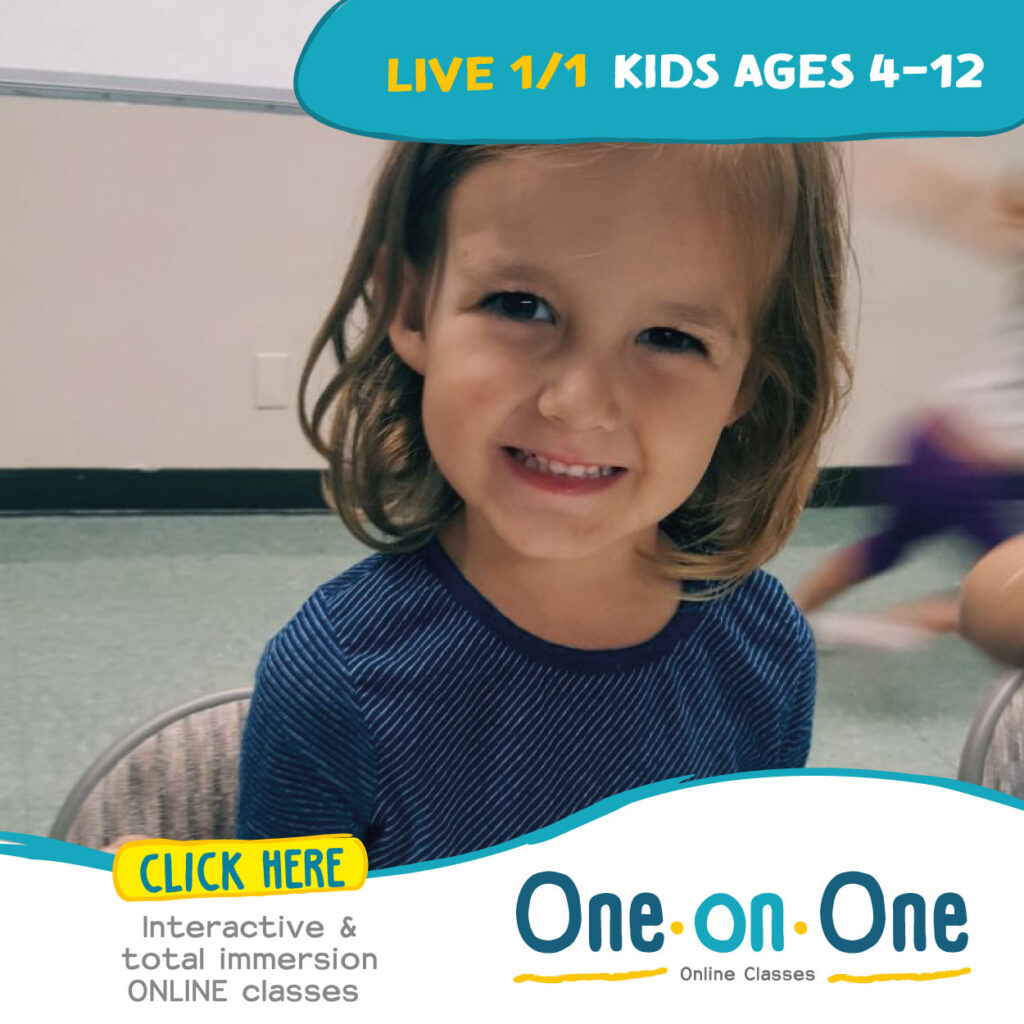Learning disabilities or learning disorders are broad terms for a wide variety of learning problems most often affecting reading, writing, listening, and speaking. Children with learning disabilities are not unintelligent or lazy, they simply receive and process information in a different way and will require special strategies to learn new topics. Let’s take a look at how learning disabilities affect foreign language learning and then offer suggestions on how to overcome these challenges.
Psychologists Leonore Ganschow of the University of Miami, Ohio, and Richard Sparks of Mt. St. Joseph’s College were perplexed as to why so many students who thrived in other studies came to them for help in basic foreign language learning. After conducting various studies, Ganschow and Sparks found that difficulties with foreign language acquisition stem from deficiencies in the student’s native language system in one or more of these linguistic codes – Phonological, Semantic, and Syntactic.
1. Phonological
Definition: sound patterns that occur within languages.
For example, pay attention to the look and sound of the underlined words in the following sentence: Beware of heard, a dreadful word, that looks like beard, but sounds like bird. A student that has trouble pronouncing two similar-sounding words in English (heard and bird) might have trouble pronouncing similar words in another language such as the French words Dégoûter (To disgust) and Dégoutter (To drip).
2. Semantic
Definition: The meaning of language and words.
Calling someone a “lady” means much more than simply identifying them as a female, but rather that they are graceful and polite. If a student is not understanding nuances and connotations of words in their native language, they will have difficulty understanding the nuances of words in a foreign one. For example, a student trying to learn Spanish might not understand when to use “Te quiero” (casual “I like you” to a friend) and “te amo” (serious “I love you” to a family member).
3. Syntactic
Definition: The arrangement of words and sentences.
If a student cannot pick up the syntactic pattern of ‘subject-verb-noun’ (ex: Juan wrote this novel) in their native language, then it will be difficult for them to recognize syntactic patterns of a foreign language (ex: verb-subject-noun of Spanish sentence, Escribió Juan esta novela).
Ganschow and Spark’s studies show that many students having trouble with foreign language acquisition have phonological deficits in their first language. To help these students, Ganschow and Spark theorized that the phonetics and sound system of a foreign language must be emphasized and taught clearly.
In order to test this theory, they collaborated with a high school Spanish teacher who applied a method of multisensory learning (combining sight, hearing, touch, and movement) to teaching phonology, reading, and spelling to very significantly learning disabled students. The results were astounding! Students with learning disabilities who were previously struggling were able to learn and retain the Spanish language with this method.
So, how can you apply this information in a practical way? Here are some strategies for overcoming language disabilities in foreign language learning:
1. First, Focus on Phonetics in the Native Language
Teach the fundamentals of phonology (system of sounds in language) in the student’s native language before foreign language instruction begins. Teach students to recognize phonemes (smallest unit of speech) in order to decode (read) words and encode (apply the sounds) them to new words. For example, teach them, ‘ba, be, bi, bo, bu’ and accompanying words in English (basket, bed, big,…) before you teach them in a foreign language (Spanish – baile, bebido, biblioteca,…).
2. Make Language Learning Multi-Sensory
Involve as many senses as possible (hearing, sight, taste, touch) to reinforce a topic when introducing a new topic or revisiting a previously learned one. For example, if teaching about “zoo animals” and one of the vocabulary words is “lion,” show a picture of a lion, play an audio clip of a lion’s roar, pass around a piece of yellow fabric that students can touch, and speak the word, ‘lion’ out loud multiple times, emphasizing the vowel sounds and syllables.
3. Be Well Organized
All students, but especially those with learning disabilities, need structure of how and what to expect. How homework is assigned, when class meets, what the proper way to behave in class is, who is the authority in the classroom – every aspect of the environment and lesson must be structured and presented in such a way that is organized and structured, rather than distracting or unpredictable to the student.
4. Repetition
Students need more than one opportunity to grasp a topic and show that they have understood it. Start off the lesson with a new vocabulary word, repeat it during the class and end the class with a song or mnemonic device. Review it the next day and at the end of the week in order to build memory and fluency.
Here at Cultural Bytes, we believe each child has the ability to learn a foreign language given the right opportunities, care, and tools. We structure our language classes in ways that are phonetic (repetition/oral recitation of words), multi-sensory (crafts), and organized (predictable weekly schedule). Check out our one-on-one classes here to sign your child up for Spanish, French, or Mandarin.
For further information about teaching foreign languages to children with learning disabilities, we suggest reading this article by Kid World Citizen:







